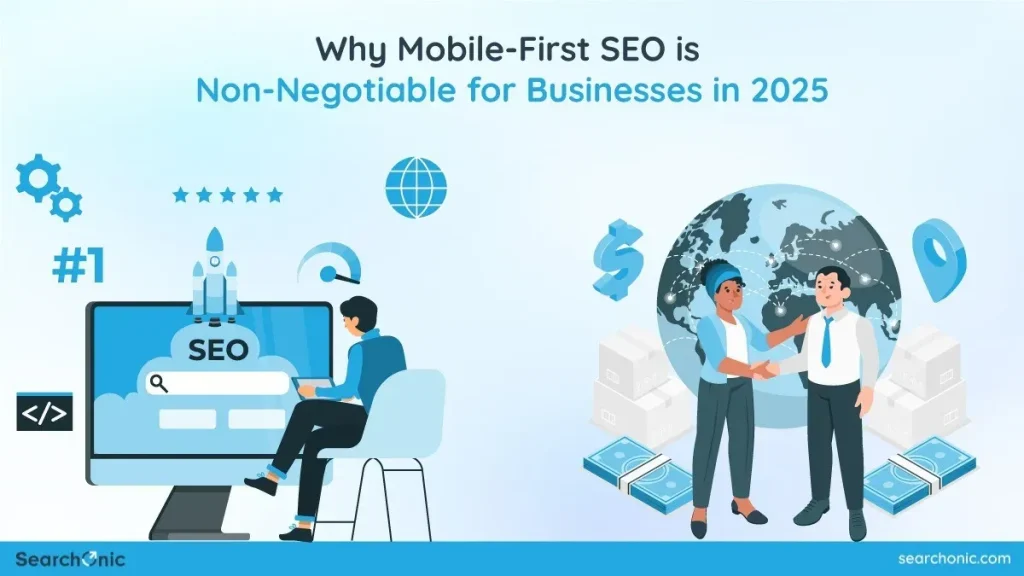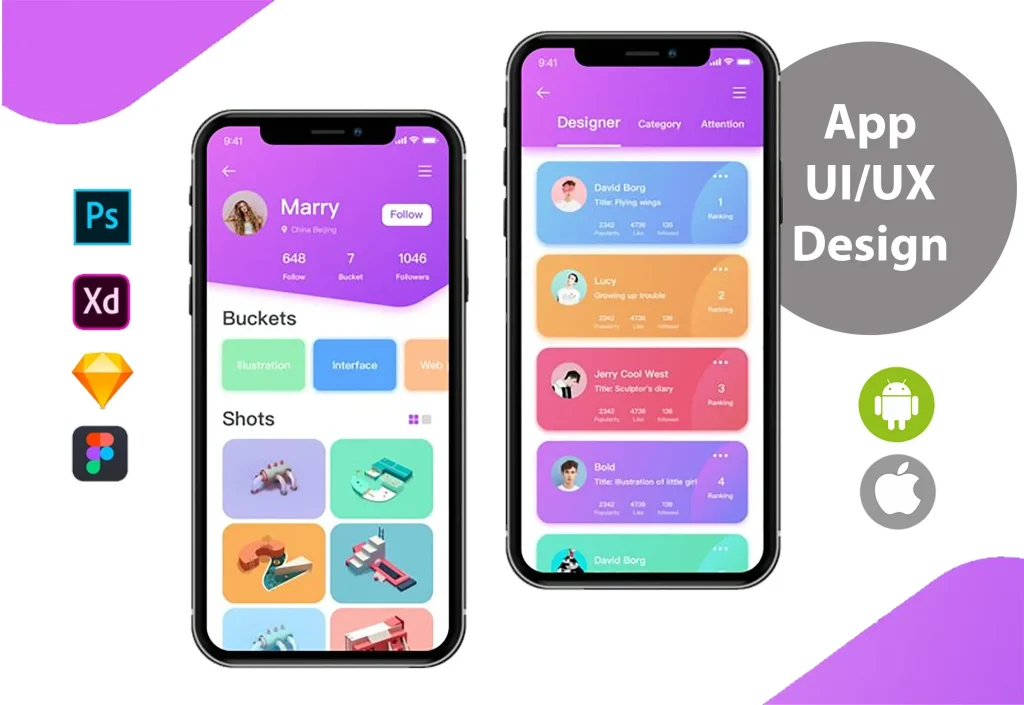Mobile-First SEO 2025 transcends a tactic; it is the operating system for modern websites, shaping how search engines evaluate pages and how users discover and engage with your brand on mobile devices. To succeed, design for a mobile experience first, ensuring content parity, fast rendering, and accessible navigation, so your mobile-first indexing signals are strong when Google crawls and ranks your site. Content should be concise and scannable, with meaningful headings and visible CTAs that guide users quickly to the information they need. Performance-minded improvements in layout stability and image handling help pages load smoothly on smartphones, aligning practical design with emerging ranking signals. By focusing on a mobile-centric approach and a clear content strategy, you set the stage for higher engagement and sustainable growth in the mobile era.
Viewed through an alternative lens, this evolution can be framed as mobile-centric optimization, prioritizing compact, device-aware experiences that perform well on handheld screens. It’s about a handset-first approach to indexing and ranking, where search algorithms reward fast, accessible content that mirrors user intent across diverse devices. From a design perspective, prioritize concise copy, touch-friendly navigation, and resilient layouts that adapt to varying network conditions. By weaving related concepts—responsive design, fast delivery, accessible interfaces, and clear CTAs—you reinforce the central topic without relying on a single term.
Mobile-First SEO 2025: A Practical Foundation for Indexing, Speed, and UX
Mobile-first indexing remains the baseline for how search engines crawl and rank pages in 2025. To leverage this, you must ensure parity between mobile and desktop content so that the mobile experience delivers the full value of your information. Focus on delivering a fast, accessible, and meaningful experience by incorporating Core Web Vitals—especially optimizing Largest Contentful Paint (LCP), First Input Delay (FID), and Cumulative Layout Shift (CLS)—as core performance signals. Page speed optimization is no longer optional; it’s a primary ranking signal that directly affects user satisfaction and engagement on mobile devices.
Operationally, the foundation includes robust mobile UX and technical hygiene. Prioritize mobile-friendly navigation, legible typography, and tap targets that meet accessibility standards. Implement structured data, canonical tags, and server optimizations to ensure content parity and rapid delivery across devices. As part of the 2025 mobile SEO trend landscape, consider progressive enhancements such as PWAs where appropriate to maintain a fast, app-like experience that aligns with mobile-first indexing and the evolving expectations of users.
Mobile-First SEO 2025: A Practical Foundation for Indexing, Speed, and UX (Continued)
To operationalize, audit your mobile site to confirm that critical content, meta data, and structured data appear on the mobile version as they do on desktop. Minimize render-blocking resources, compress images with modern formats (WebP/AVIF), and employ responsive images (srcset) to improve page speed optimization. Regularly monitor Core Web Vitals with tools like PageSpeed Insights and Lighthouse, and use field data to drive improvements in mobile UX best practices, which in turn reduces bounce rates and boosts engagement on mobile.
In addition, a strong mobile strategy integrates thoughtful content design, internal linking, and accessibility. Ensure headings are properly structured, alt text is provided for images, and interactive elements are accessible via keyboard and touch. By aligning with mobile SEO trends 2025—such as voice search considerations, personalization at the edge, and app-like experiences on the web—you create a resilient framework that supports mobile-first indexing, enhances user experience, and sustains visibility across mobile search results. Through ongoing testing across devices and networks, you can refine the balance between speed, usability, and content richness.
Frequently Asked Questions
What does Mobile-First SEO 2025 mean, and how does mobile-first indexing affect rankings?
Mobile-First SEO 2025 is a holistic approach that prioritizes the mobile experience for indexing, ranking, and engagement. Because Google predominantly uses the mobile version for indexing, ensure parity between mobile and desktop content and optimize for speed and Core Web Vitals. Practical steps include improving LCP, FID, and CLS on mobile; using responsive images (srcset and modern formats like WebP/AVIF); reducing render-blocking resources; and delivering fast, accessible experiences through clear typography, touch-friendly navigation, and, where appropriate, Progressive Web App features.
What mobile UX best practices and page speed optimization should be prioritized for Mobile-First SEO 2025?
Focus on mobile UX best practices such as thumb-friendly navigation, legible typography, accessible tap targets, and content that answers user intent quickly. For page speed optimization on mobile, optimize images with responsive formats, enable lazy loading, minimize JavaScript and CSS, and consider server-side rendering or code-splitting for critical pages. Track Core Web Vitals (LCP, FID, CLS) to guide improvements and maintain content parity so mobile search results can feature rich results.
| Aspect | Key Points |
|---|---|
| What is Mobile-First SEO 2025? | A holistic approach prioritizing mobile experience; mobile-first indexing; speed; Core Web Vitals; mobile UX. |
| Why it matters in 2025? | Mobile dominates across devices; Google uses mobile-first indexing; better user metrics and conversions; essential for mobile-first success. |
| Core Components | Mobile-first indexing; Page speed optimization; Core Web Vitals; Mobile UX & accessibility; Content strategy for mobile; Technical hygiene (structured data, canonicalization, server). |
| From Theory to Practice | Audit mobile parity; optimize speed; improve Core Web Vitals; ensure content parity; design for tap targets; leverage schema; strengthen internal linking. |
| Measuring Success | Mobile rankings, Core Web Vitals, engagement metrics (time on page, bounce rate, scroll depth), conversions, and technical health. |
| Common Pitfalls | Content gaps between mobile and desktop; over-optimization; slow imagery; accessibility gaps; lack of cross-device testing. |
| Future Trends | AI-assisted optimization; voice search on mobile; progressive enhancement; PWAs; personalization at the edge. |
Summary
Mobile-First SEO 2025 is an integrated approach to delivering fast, accessible, and mobile-optimized experiences that align with how people search today. A successful mobile-first strategy emphasizes indexing parity, rapid page speed, strong Core Web Vitals, clear mobile UX, and content that satisfies intent on small screens. By prioritizing mobile, optimizing media and performance, and ensuring robust accessibility, sites can improve visibility, engagement, and conversions in a crowded digital landscape. Regular audits, data-driven adjustments, and a mindset of continual improvement are essential to stay competitive as devices and search engines evolve in 2025 and beyond.



